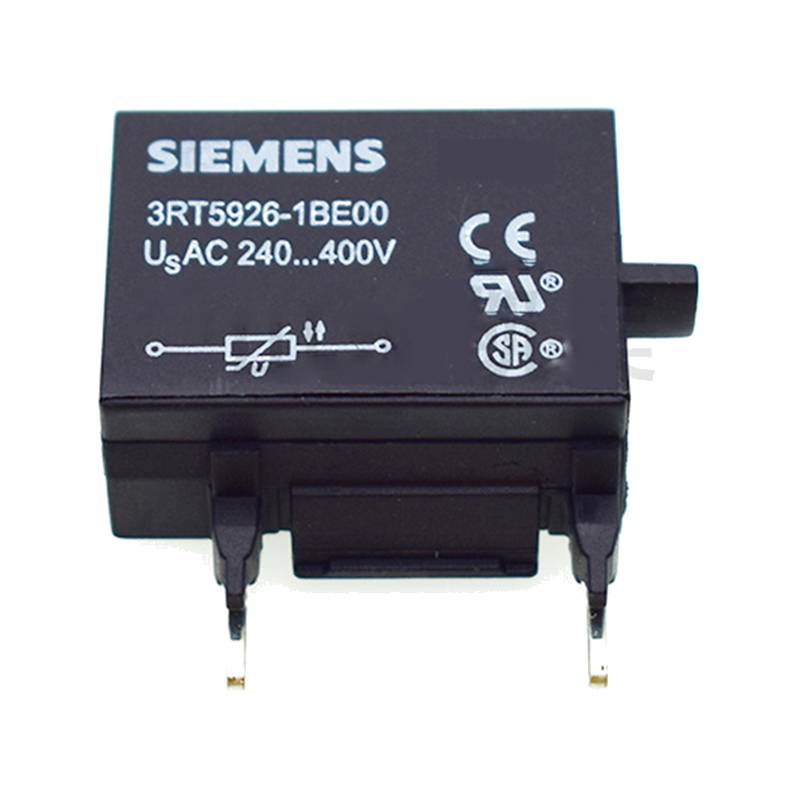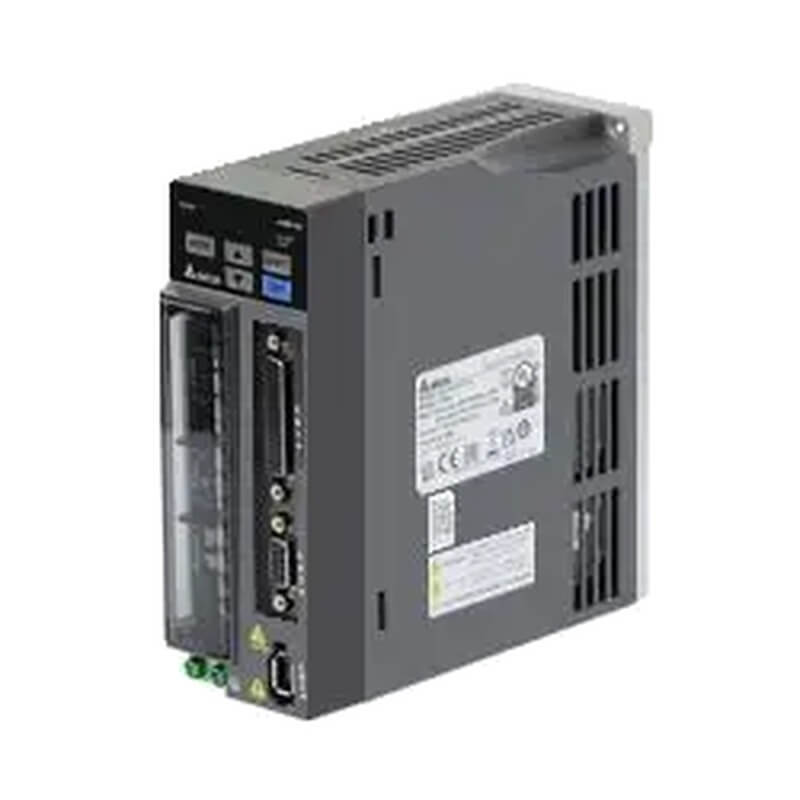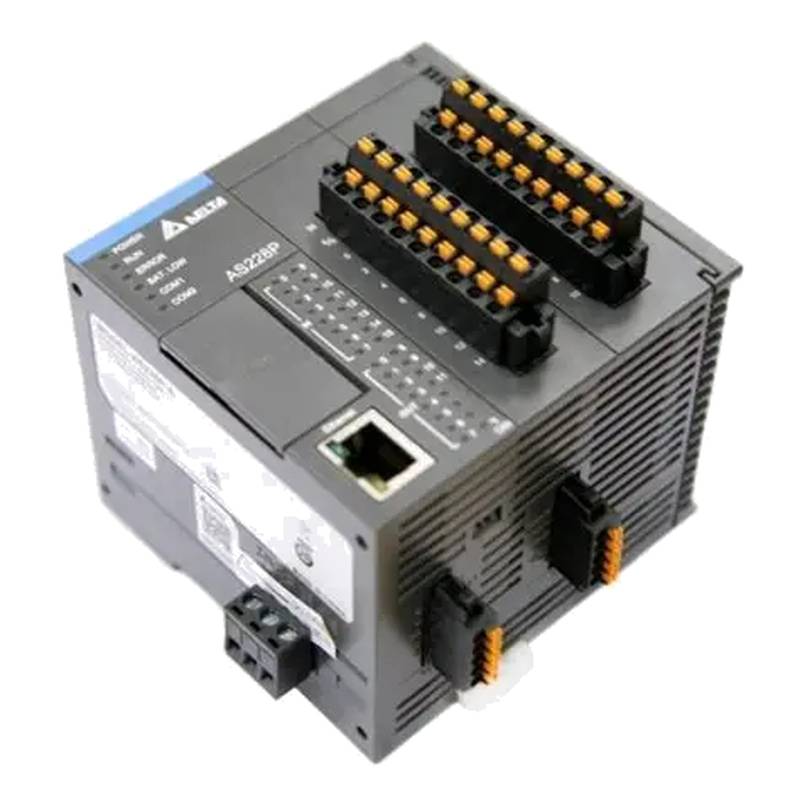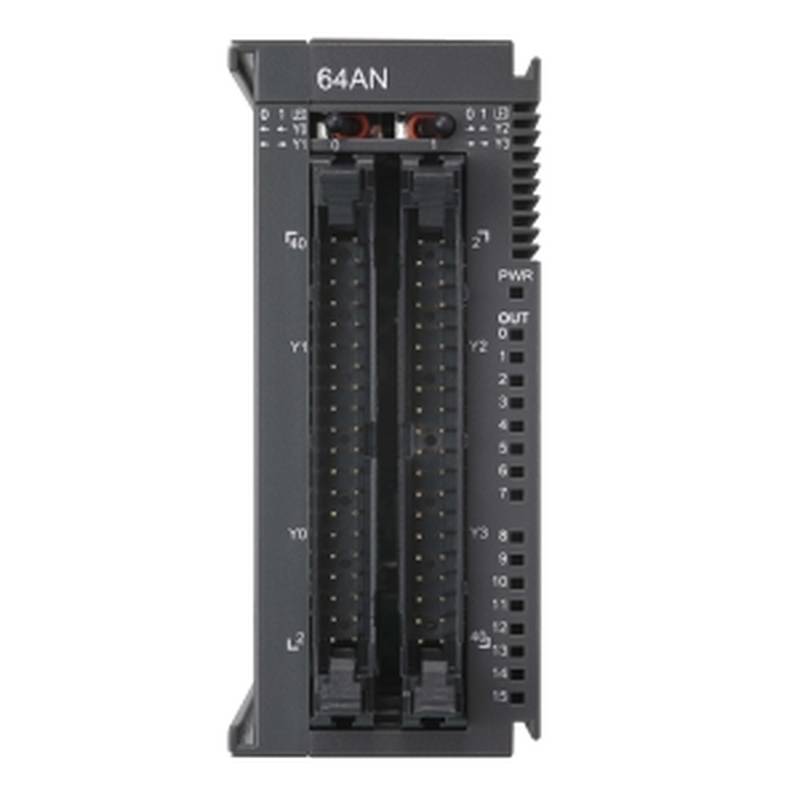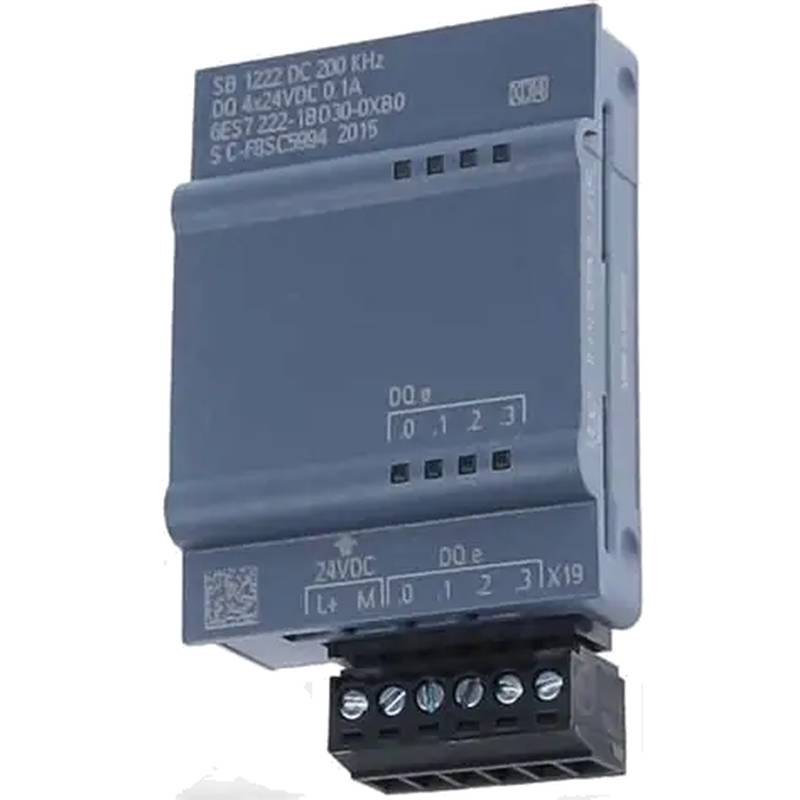
The Siemens 5SY6514-7CC is a 1P+N, 0.3A double-pole miniature air circuit breaker designed for robust electrical protection in demanding industrial and commercial environments. This device excels in safeguarding circuits against overcurrents and short circuits, ensuring operational continuity and safety. Its compact design, coupled with a high breaking capacity and precise tripping characteristics, positions it as a superior choice for applications requiring reliable and efficient power distribution management. The 5SY6514-7CC distinguishes itself with its dual-pole switching capability, offering enhanced safety by simultaneously disconnecting both the phase and neutral conductors, a critical feature for preventing dangerous ground faults and electrical shocks.
Product Specifications
| Specification | Value |
| :---------------------- | :----------------------------------- |
| Product Type | Miniature Air Circuit Breaker |
| Pole Configuration | 1P+N (Double Pole) |
| Rated Current (In) | 0.3 A |
| Breaking Capacity (Icn) | 6 kA |
| Tripping Curve | C |
| Voltage Rating (Un) | 230/400 V AC |
| Frequency | 50/60 Hz |
| Protection Class | IP20 |
| Terminal Type | Screw Terminals |
| Mounting Type | DIN Rail |
| Ambient Temperature | -25°C to +55°C |
| Standards Compliance | IEC/EN 60898-1, IEC/EN 60947-2 |
Core Features & Market Positioning
The Siemens 5SY6514-7CC stands out in the market due to its robust construction and adherence to stringent international safety standards, including IEC/EN 60898-1 and IEC/EN 60947-2. Its C-curve tripping characteristic is specifically engineered for industrial applications where moderate inrush currents are common, such as motor starts or lighting loads, providing sensitive protection without nuisance tripping. The 6 kA breaking capacity ensures that the breaker can safely interrupt fault currents that could otherwise cause significant damage to equipment and personnel. This combination of reliability, safety, and application-specific design makes the 5SY6514-7CC a preferred component for electrical panel builders and system integrators seeking high-performance protection solutions. Its double-pole switching capability offers a distinct advantage over single-pole breakers, providing a complete disconnection of the circuit for enhanced safety during maintenance or fault conditions.
Key Application Scenarios
This Siemens miniature circuit breaker is ideally suited for a broad spectrum of applications where reliable overcurrent and short-circuit protection is paramount. It finds extensive use in residential, commercial, and industrial electrical distribution boards for safeguarding individual circuits. Specific scenarios include the protection of lighting circuits, socket outlets, small motors, and control systems where a low-rated current of 0.3A is required for precise protection. The 1P+N configuration is particularly valuable in systems with specific neutral conductor requirements or where enhanced safety protocols mandate simultaneous phase and neutral isolation. Its application extends to environments with stringent safety regulations, ensuring compliance and minimizing risks associated with electrical faults.
Practical System Integration Guidance
Integrating the Siemens 5SY6514-7CC into existing electrical systems is straightforward due to its standard DIN rail mounting and screw terminal connections, facilitating quick and secure installation. Proper wiring is crucial: the phase conductor should be connected to the designated pole, and the neutral conductor to the N pole. Ensure that the incoming power source and outgoing load wiring are correctly identified and terminated to prevent operational errors. For optimal performance and safety, it is imperative that the breaker's rated voltage and current do not exceed the system's design parameters. When connecting multiple breakers, maintaining adequate spacing for heat dissipation is advisable. Always follow local electrical codes and best practices during installation.
Operation and Risk Mitigation
The Siemens 5SY6514-7CC operates by detecting overcurrents or short circuits and rapidly interrupting the electrical flow to prevent damage and fire hazards. The C-curve ensures that the breaker will trip within a specific time-current range, offering protection against surges that are typically 5 to 10 times the rated current. To mitigate risks, ensure correct sizing of the breaker for the protected circuit's load. Regular visual inspection for any signs of damage or wear is recommended. In the event of a trip, identifying the cause of the overload or short circuit before resetting the breaker is critical; repeated tripping without a clear cause may indicate a persistent fault requiring professional investigation. Avoid operating the manual trip lever while the circuit is energized.
Scalability & Long-Term Value
The 5SY6514-7CC offers excellent long-term value through its robust design and compatibility with Siemens' broader range of circuit protection and automation components. While this specific model is designed for precise low-current applications, its integration into standard electrical panels allows for future system expansions or upgrades. Its adherence to international standards ensures compatibility with components from other manufacturers adhering to the same specifications. For systems evolving towards digital integration, while the 5SY6514-7CC itself is a mechanical device, it forms a foundational element within larger smart electrical infrastructures, where its performance is monitored and managed by higher-level control systems or IIoT platforms.
Frequently Asked Questions
1. What is the primary function of the Siemens 5SY6514-7CC?
The Siemens 5SY6514-7CC is a miniature air circuit breaker. Its main role is to protect electrical circuits from damage caused by overcurrents and short circuits. It automatically interrupts the flow of electricity when a fault is detected, preventing overheating and potential fires.
This breaker offers reliable overcurrent protection for sensitive equipment and circuits. It is designed to trip quickly during fault conditions, minimizing damage to connected loads. The 1P+N configuration ensures both phase and neutral conductors are disconnected simultaneously for enhanced safety.
The device is built to meet rigorous international standards for electrical safety and performance. Its precise tripping characteristics, defined by the C-curve, make it suitable for applications with moderate inrush currents.
2. What does "1P+N" signify for this circuit breaker?
"1P+N" indicates that the circuit breaker has a double-pole configuration. This means it incorporates switching mechanisms for both one phase (1P) and one neutral (N) conductor.
By switching both the live phase and the neutral line simultaneously, it provides a more complete isolation of the circuit. This is crucial for safety, especially during maintenance or when dealing with specific types of electrical faults, such as ground faults.
This dual-pole operation ensures that even if the neutral conductor is carrying current, it will be safely disconnected along with the phase conductor. This offers superior protection compared to single-pole breakers that only interrupt the phase.
3. What is the significance of the "C" curve on the Siemens 5SY6514-7CC?
The "C" curve refers to the tripping characteristic of the circuit breaker. This specific curve indicates that the breaker is designed to trip when the current reaches a level that is typically 5 to 10 times its rated current.
Circuit breakers with a C-curve are commonly used in industrial and commercial applications. They are suitable for circuits that may experience moderate inrush currents, such as those associated with motors, transformers, or fluorescent lighting, without causing nuisance tripping.
This characteristic provides a balance between sensitive protection against short circuits and tolerance for temporary current surges during equipment startup. It ensures reliable operation for loads that have higher initial power demands.
4. Can the Siemens 5SY6514-7CC be used in residential applications?
Yes, the Siemens 5SY6514-7CC can be utilized in residential electrical panels, particularly for circuits requiring a low rated current of 0.3A and enhanced safety features. Its 1P+N configuration offers a higher level of protection than standard single-pole breakers.
This breaker is ideal for protecting specific circuits within a home, such as those powering sensitive electronic equipment, low-power appliances, or specialized lighting systems. The C-curve also makes it suitable for circuits with moderate inrush currents.
Ensuring compliance with local electrical codes and regulations is paramount for any residential installation. Always consult with a qualified electrician to confirm the suitability and correct application of this breaker in a home environment.
5. What is the breaking capacity (Icn) of this unit, and why is it important?
The breaking capacity (Icn) of the Siemens 5SY6514-7CC is 6 kA (kiloamperes). This specification indicates the maximum fault current the circuit breaker can safely interrupt without sustaining damage to itself.
A higher breaking capacity is crucial in areas where fault currents can be significant, such as near power sources or in industrial settings. It ensures that the breaker can effectively and safely quench an electrical arc during a short circuit.
For system designers and installers, selecting a breaker with an adequate breaking capacity is a critical safety measure. It guarantees that the protective device will perform reliably under fault conditions, protecting both the electrical installation and personnel.
6. How does the 0.3A rated current affect its applications?
The 0.3A rated current signifies that the Siemens 5SY6514-7CC is designed for very low-power circuits or highly sensitive protection needs. This low rating allows it to detect and interrupt even small overcurrents that could be detrimental to delicate electronic components.
Applications requiring such a low rating typically involve specialized electronic equipment, control circuits, or signal lines where even minimal current surges can cause damage. It provides a precise level of protection against overloads.
Using a 0.3A breaker ensures that the circuit is protected against faults that would not trigger higher-rated breakers. This precise protection is essential for maintaining the integrity and longevity of sensitive devices connected to the circuit.
7. What safety standards does the Siemens 5SY6514-7CC comply with?
The Siemens 5SY6514-7CC complies with key international safety and performance standards, including IEC/EN 60898-1 and IEC/EN 60947-2. These standards are critical for ensuring product safety, reliability, and interoperability.
IEC/EN 60898-1 specifically covers circuit breakers for household and similar installations, focusing on overcurrent protection. IEC/EN 60947-2 addresses low-voltage switchgear and controlgear, providing more comprehensive requirements for industrial applications.
Adherence to these standards guarantees that the breaker has undergone rigorous testing and meets the performance benchmarks required for safe and effective operation in its intended applications. It assures users of its quality and protective capabilities.
8. What are the typical installation requirements for this circuit breaker?
The Siemens 5SY6514-7CC is designed for standard DIN rail mounting, which is common in electrical distribution panels and enclosures. It features screw terminals for secure and reliable electrical connections.
When installing, ensure that the circuit breaker is correctly oriented and firmly secured to the DIN rail. Proper wiring is essential: connect the phase conductor to the appropriate pole and the neutral conductor to the N pole.
It is crucial to follow all local electrical codes and wiring regulations. Over-tightening screw terminals or using undersized wiring can lead to connection issues or safety hazards. Always use appropriate tools and ensure a stable electrical connection.
9. What is the operational temperature range for the 5SY6514-7CC?
The Siemens 5SY6514-7CC is designed to operate reliably within an ambient temperature range of -25°C to +55°C. This broad range allows for its use in various environmental conditions, from cold storage facilities to moderately warm industrial settings.
Maintaining operation within this specified temperature range is important for ensuring the breaker's performance and lifespan. Operating outside these limits can affect its tripping characteristics and potentially lead to premature failure.
In installations where ambient temperatures might consistently approach the upper limit, ensuring adequate ventilation within the electrical enclosure is recommended. This helps to dissipate heat and keep the breaker within its optimal operating parameters.
10. How does this breaker contribute to IIoT or smart grid applications?
While the Siemens 5SY6514-7CC is a mechanical circuit breaker, it serves as a fundamental protective component within larger, digitally integrated electrical systems. Its reliable operation is a prerequisite for smart grid functionality.
In IIoT contexts, the performance of such breakers can be monitored indirectly through associated smart meters or intelligent power distribution units. These systems can log trip events and operational status, feeding data into a central management platform.
For advanced smart grid applications, newer Siemens models offer integrated communication modules. While this specific 5SY6514-7CC may not have direct digital output, its reliable tripping ensures grid stability, allowing higher-level smart devices to manage power flow effectively.
















